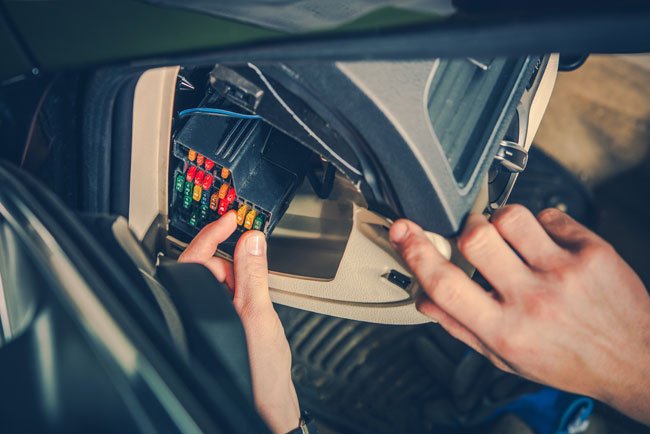Transmission System
The transmission system allows the driver to control the car’s gears using either a clutch pedal or a gear stick. Many drivers prefer manual transmissions for their support of high-performance driving, lower cost compared to automatic systems, and ease of maintenance and repair.
Key Components of a Transmission System
Today’s automatic transmission systems are intricate combinations of mechanical, electrical, and hydraulic components. These systems have evolved into sophisticated mechanisms that are both functional and impressive in their engineering.
While we strive to explain these parts in simple, everyday terms, their complexity may still require a bit of extra thought to fully grasp. Here are the major components of an automatic transmission:
Planetary Gear Sets: These create all the forward and reverse gear ratios in your vehicle.
Hydraulic System: Using specialized transmission fluid, an oil pump sends pressurized fluid through the valve body to control the bands and clutches, which in turn manage the planetary gears.
Seals and Gaskets: These prevent fluid leaks by keeping transmission oil where it belongs.
Torque Converter: This component functions similarly to a clutch, allowing the vehicle to stop while in gear without stalling the engine.
Modulator, Governor, or Throttle Cable: These regulate engine speed and throttle input to determine the proper shift timing.
Electronic Shift Control (in modern vehicles): Computers manage shift points by activating solenoids that direct fluid to the correct transmission component at the right time.
Common Transmission Issues
Manual Transmission Problems: Manual systems are often affected by worn synchronizers, which are meant to make gear shifting smooth. When these brass synchronizers wear out, gear shifts can become rough or result in grinding.
Automatic Transmission Wear: Over time, automatic transmissions may begin to shift unevenly or experience slipping due to internal wear.
Worn Universal Joints: Universal joints (U-joints) can wear out, causing vibrations while driving. Most modern U-joints are sealed and cannot be lubricated, so replacement is necessary when they fail.
Book Appointment

